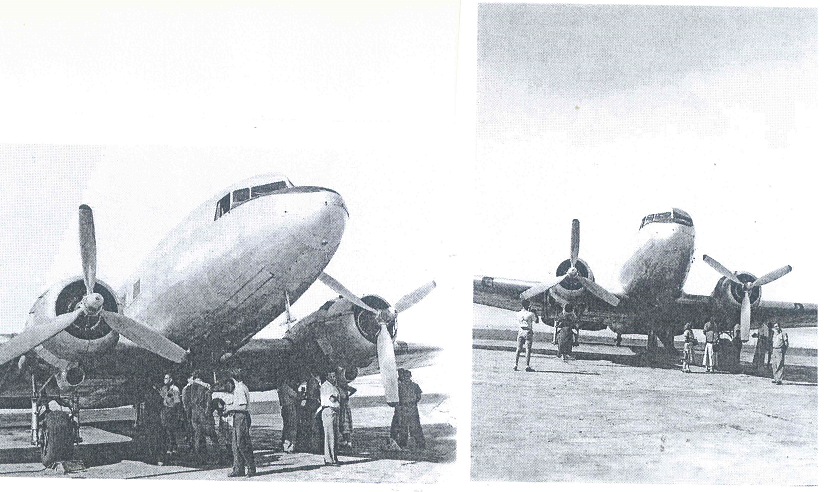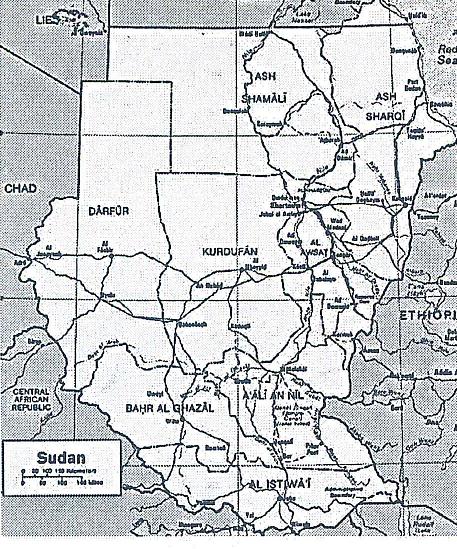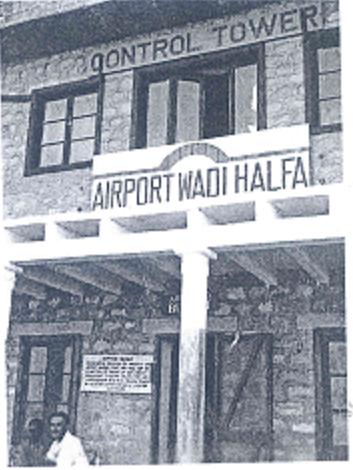Recollections by Sydney Lossin (née Brunow/Yudelman)
One evening in August 1948, a group of about 20 young people met in a Johannesburg living-room. It was the final briefing before our departure for Israel, and we were given to understand it was all top-secret. “You are students on an organized tour to Italy and France,” we were told, and relevant visas had been obtained. “Please dress accordingly, and don’t hang about in large groups whenever you land, but split up into couples or foursomes.”
Six of us were members of the Habonim “Hachshara” farm at Northcliff. Me, my then husband Berl Yudelman (Za’al), Hymie and Rosie (Shluzny) (Za’al), Goldin, Simon Roberts and Sarah Bick Leshed; we were all to become members of Kibbutz Ma’ayan Baruch. Another group was from Hashomer Hatzair – Gerald (Gershon) Seidner, Margalit Leftwich, Sam Fanaroff, Yaffa (Katz) Fanaroff, Leonard Gampel, Simcha (Krom) Gordon, Kathleen Mannie, Vivian and Morris Rakoff and Harry Shall.
To my surprise, amongst the individual volunteers in the third group were Gerry Shaper, a next-door neighbor from Muizenberg where I had grown up, Mishy Fine, the brother of a friend from school, also from Muizenberg, and finally Dr. Issy Schweppe, a member of Habonim from Cape Town.
The next day we met at the airport and boarded a former World War II Dakota with metal benches running the length of the aircraft, and all out suitcases were stacked in the aisle.

Dakota plane
Thus we started out on our four-day journey across Africa. We bounced northwards up Africa, stopping at every “friendly” airport on the way, as well as some that were just called ‘airports.’ We landed at Bulawayo, and then Lusaka, I think, and a rather long stretch brought us to Entebbe/Kampala on the shores of Lake Victoria, where we slept overnight in wooden shacks under mosquito nettings. I might have mixed up the order of the airports, as I was busy throwing up at every landing and take-off. When we reached the shores of Lake Victoria, it was hard to comprehend that we were there, standing under a very starry sky, as there were so many new experiences which filled our heads.
At one of the stops we were served white bread and cucumber sandwiches (shades of Agatha Christie), which I think made a strong impression, as in South Africa at that time we had still been eating brown bread, customary during World War II, which had ended some years before.
Finally, on the second day we landed at Juba. How many people in those days had even heard of Juba, or knew where it was? We didn’t either, but it is just north of the Uganda border, west of Ethiopia, and today the capital city of South Sudan.

I had worked on a project at the School of Architecture where we were asked to plan a restaurant and rest-house facilities at Juba’s airport. Imagine my amusement when the ‘airport’ turned out to be one tiny brick toilet marked “ladies and gents.” There was absolutely nothing else. I suppose there were fuel supplies somewhere, but we didn’t see them, and we were left standing around the toilets while the plane moved off to refuel.
On another night we stopped at Khartoum, and were taken to a large hotel on the banks of the mighty Nile where the Blue and White Nile converge, wider than any river we had ever seen or imagined in South Africa. We were allocated enormous high-ceilinged rooms with ceiling fans and cold drinking water in thermos flasks. Here we encountered our first (imagined) adventure.
A large number of Sudanese soldiers were thronging the hotel lobby, and we were convinced they were out to “get” us. So, when a lady approached Rosie and asked if we were “Halutzim from South Africa on our way to Israel,” we
became quite upset, and were sure she was spying for the soldiers. Rosie answered her rudely and our group split up. Remember, we had been told at our briefing not to mention where we were going and not to hang around in large groups. Many years later it came to Rosie’s knowledge that the lady in question had been a member of the local Jewish community, and had come to offer us their hospitality and show us around Khartoum!
Another memory of Khartoum was an attempt to buy a pair of sandals at a small shop where the shopkeeper, like all others, was taking a midday siesta on a camp-bed on the pavement. Siesta was also a new concept for us in those days, before we turned into bona fide Israelis! When we tried to bargain with the shopkeeper we were answered in an impeccable British accent, “I am sorry, madam, but this is the fixed price.”
I recall being served dinner in the hotel at Khartoum by enormously tall Sudanese waiters in flowing white robes, six waiters for a table of six diners. These waiters were amazing and even slightly intimidating, and the only part of them that showed was pitch-black faces!

Wadi Halfa Airport
The next day it was on to Wadi Halfa on the Sudanese/Egyptian border. We were rather nervous, as an earlier group of “Machalniks” had been detained in Cairo.
We continued across the desert to El-Adem just outside Tobruk for refueling, and then continued to Rome. While flying over the Mediterranean, we were not happy to see flames coming out of one of the airplane wings.
We finally landed at Rome, tried to tidy up and look like “touring students” as instructed, and not, heaven forbid “Halutzim”, when the doors opened and in came a guy in an open-necked shirt, rolled-up shirt sleeves, who said, “Shalom Chevra, Bruchim Habaim, this is where you get off.” So much for secrecy!
At last, after about 24 or 36 hours, we boarded a “real” tourist Dakota with upholstered seats ‒ such luxury! ‒ the final leg of our journey to Israel . In those days, few of us had ever flown before in any kind of plane, so this was also a new experience.
During the flight we were told that the UN Forces were interning all military-aged people who arrived in Haifa, so the plane was diverted to Tel Aviv, to Sde Dov airport. After we landed, the VIPs on our flight were whisked away in taxis while we were left with our suitcases in the middle of the deserted landing field for half the night. Eventually, a truck arrived and drove us off to the Tel-Litwinsky military absorption camp, on the outskirts of Tel Aviv, which was surrounded by many eucalyptus trees . Here, to our dismay, we were separated from our husbands as it was Chaverot on one side of the road, and Chaverim on the other. The dismay was mainly due to the fact that our toothbrushes and other toiletries were all in one suitcase!
The next day we were inducted into the army, but thanks mainly to Rosie’s excellent command of Hebrew, which had us all awestruck, we were finally discharged and allowed to go to Tel Aviv to find the offices of the South African Zionist Federation in Ahad Haam Street. Here we asked them to get the Habonim group sent to Maayan Baruch, which, being a border kibbutz, was in the same category as serving in the army.
What does one remember of Tel Aviv in those days? Very shabby peeling plaster walls, many pockmarked with bullet holes, sandbags piled up around every apartment entrance, and soldiers stopping everyone to check identity cards. Girls, women and men walked the streets dressed in khaki shorts and shirts. It was the uniform of the whole country at that time, civilians and army alike.
After spending the night in the sleaziest of Tel Aviv hotels near the beachfront, sharing a room with six other people, we finally boarded the bus which was to take us to the Upper Galilee.
The journey took us the whole day as we drove over back roads (not that the main roads were much different), narrow and winding, passing Petach Tikva, Hadera, Afula, Tiberias, Rosh Pina, and finally depositing us at Kfar Giladi. Here we were taken into the dining room and told with pride that it had once been a cow shed, which was not too hard to believe. We were served tea and bread with jam, the latter so diluted that it ran off the bread before it could be spread.
We spent the night at the kibbutz, as it was dangerous to travel to Maayan Baruch after dark. Next morning we set out for Maayan Baruch in an open command car and finally, after a good hour or more driving across dirt tracks and wadis, reached our destination, which today is a 10-minute drive. On arrival at Kibbutz Maayan Baruch, our story faded into insignificance when all our Chevra, who had arrived by much more devious routes, told us of their adventures.

